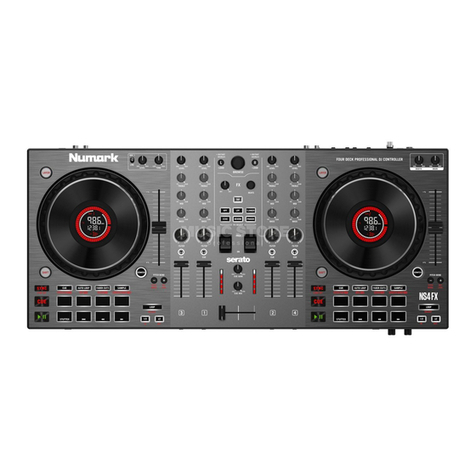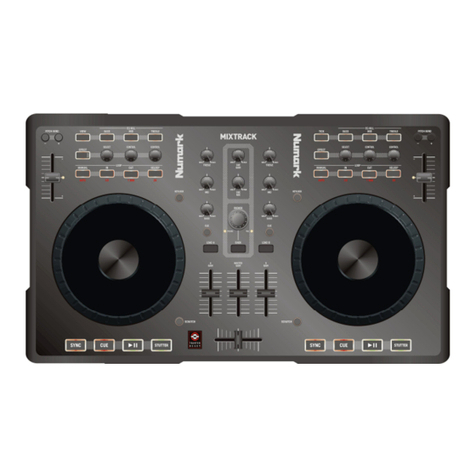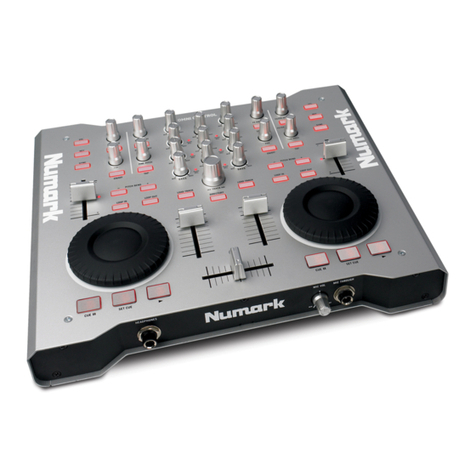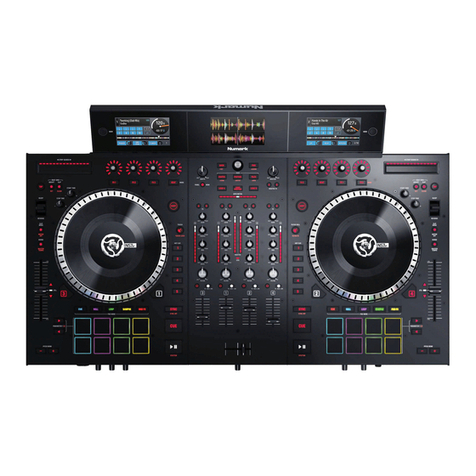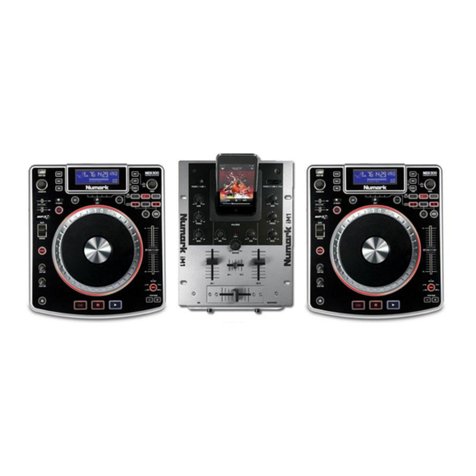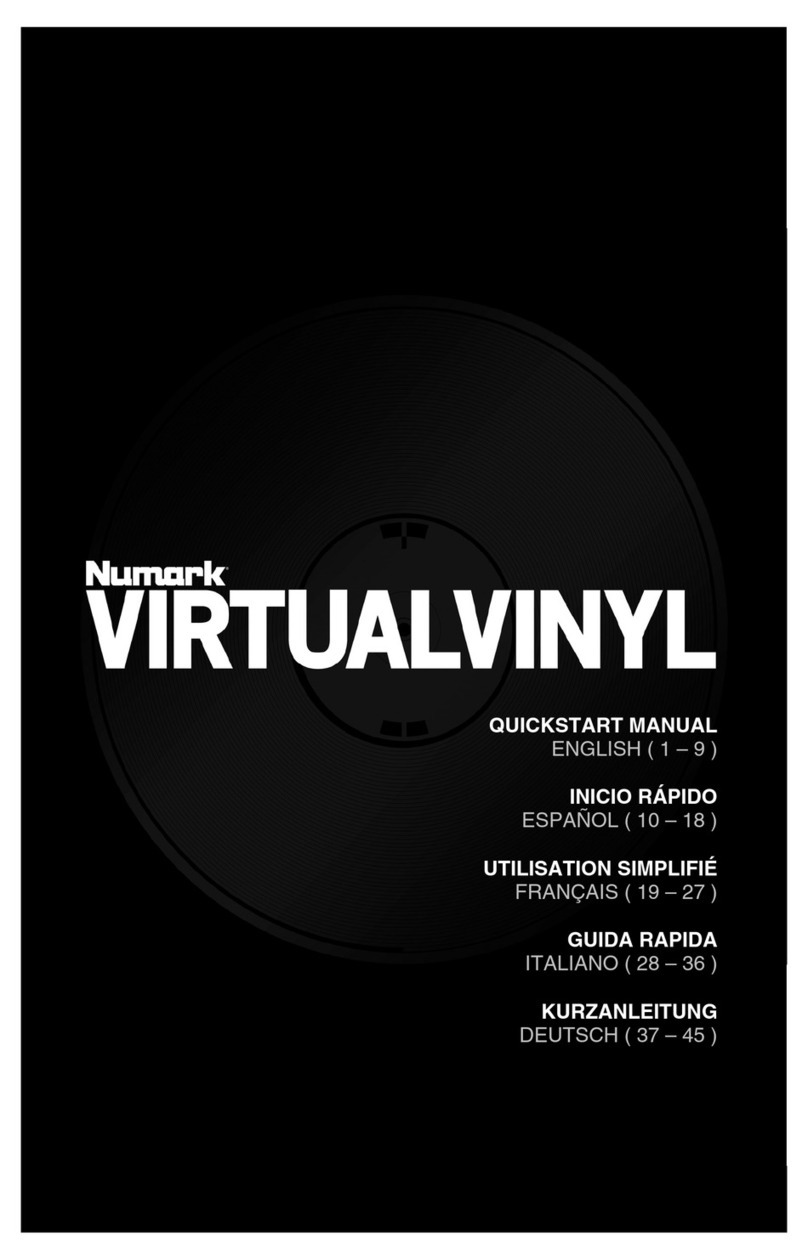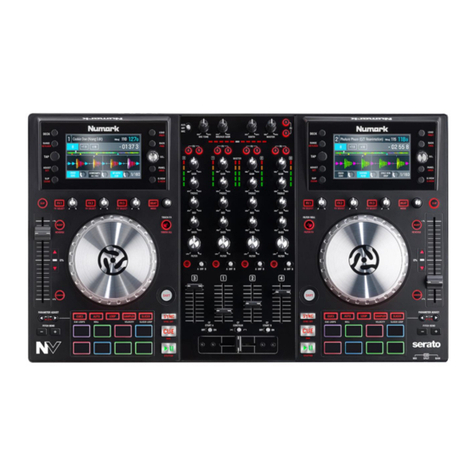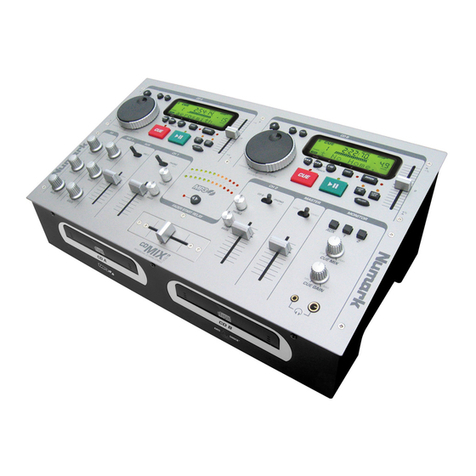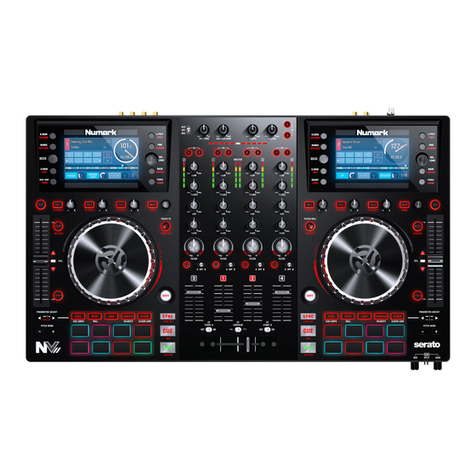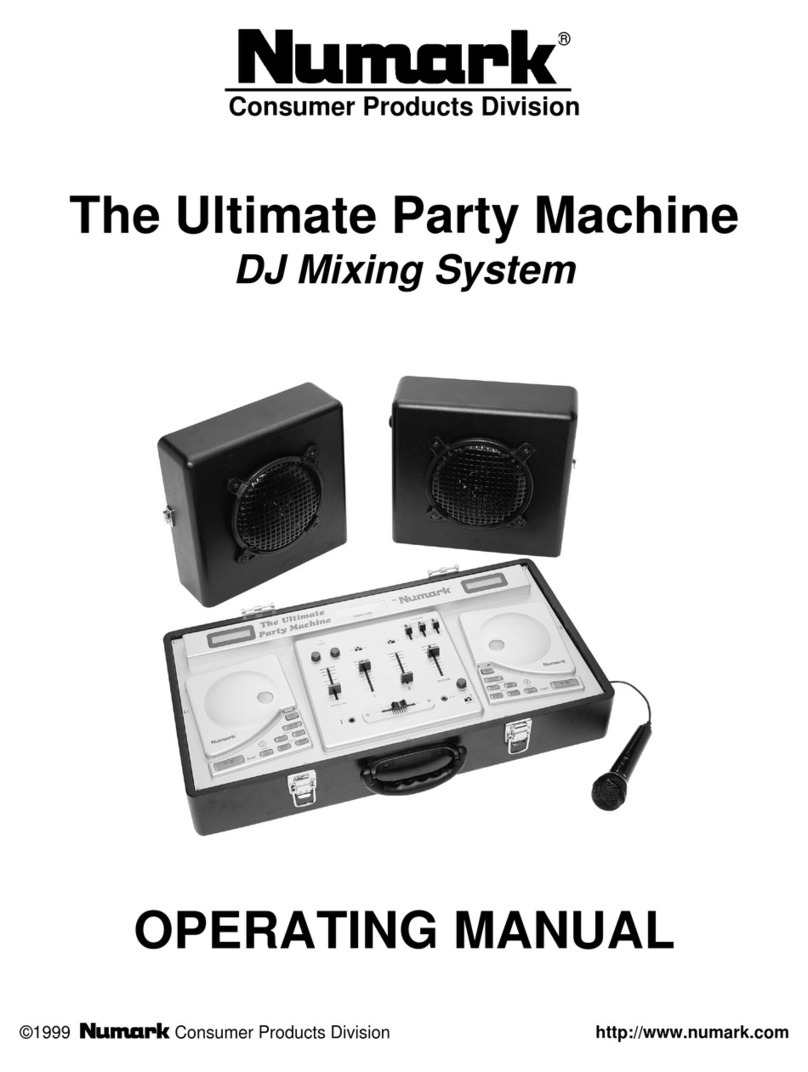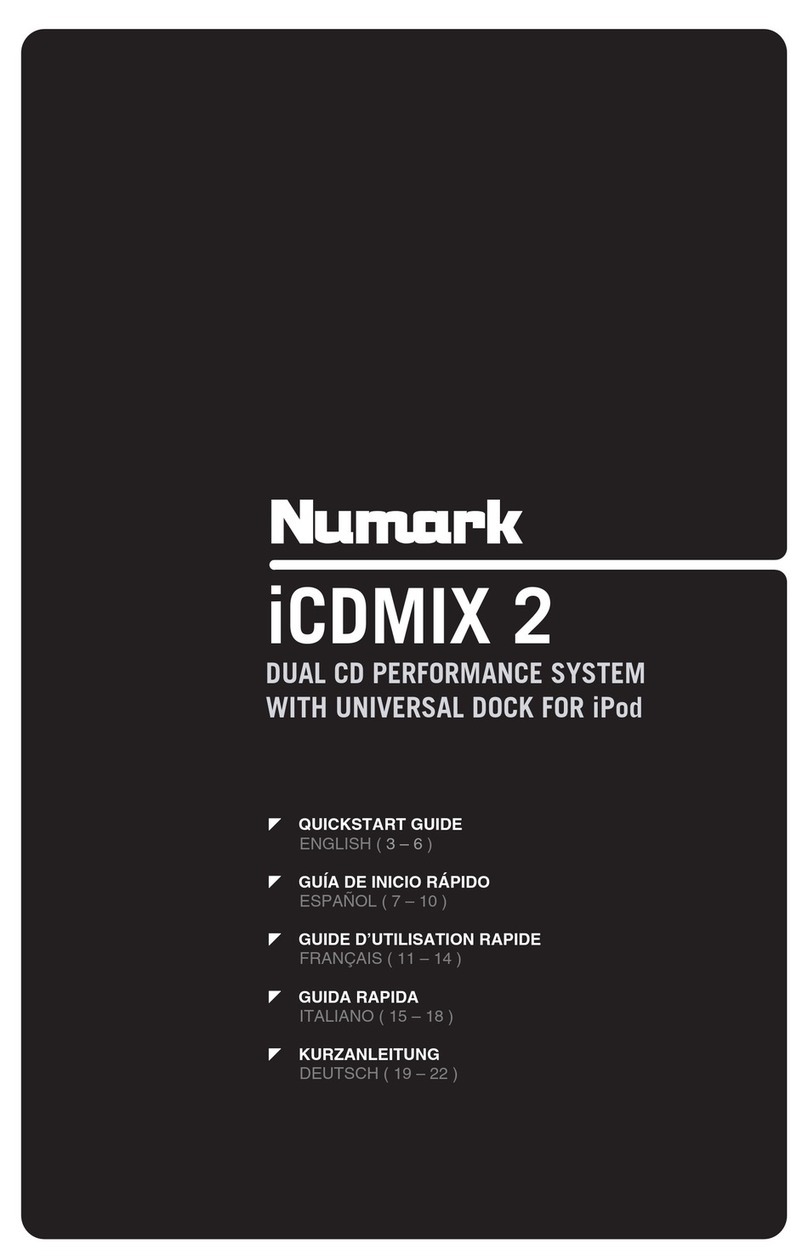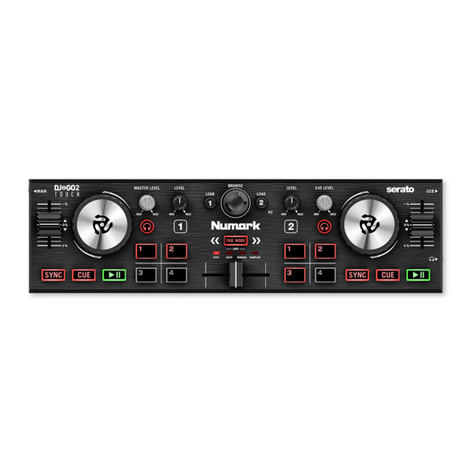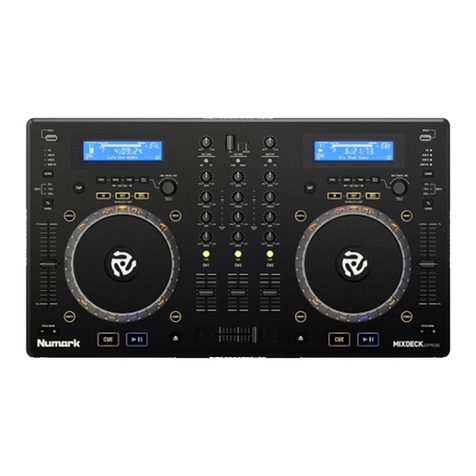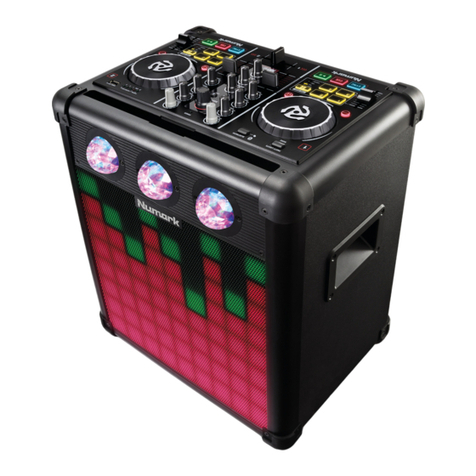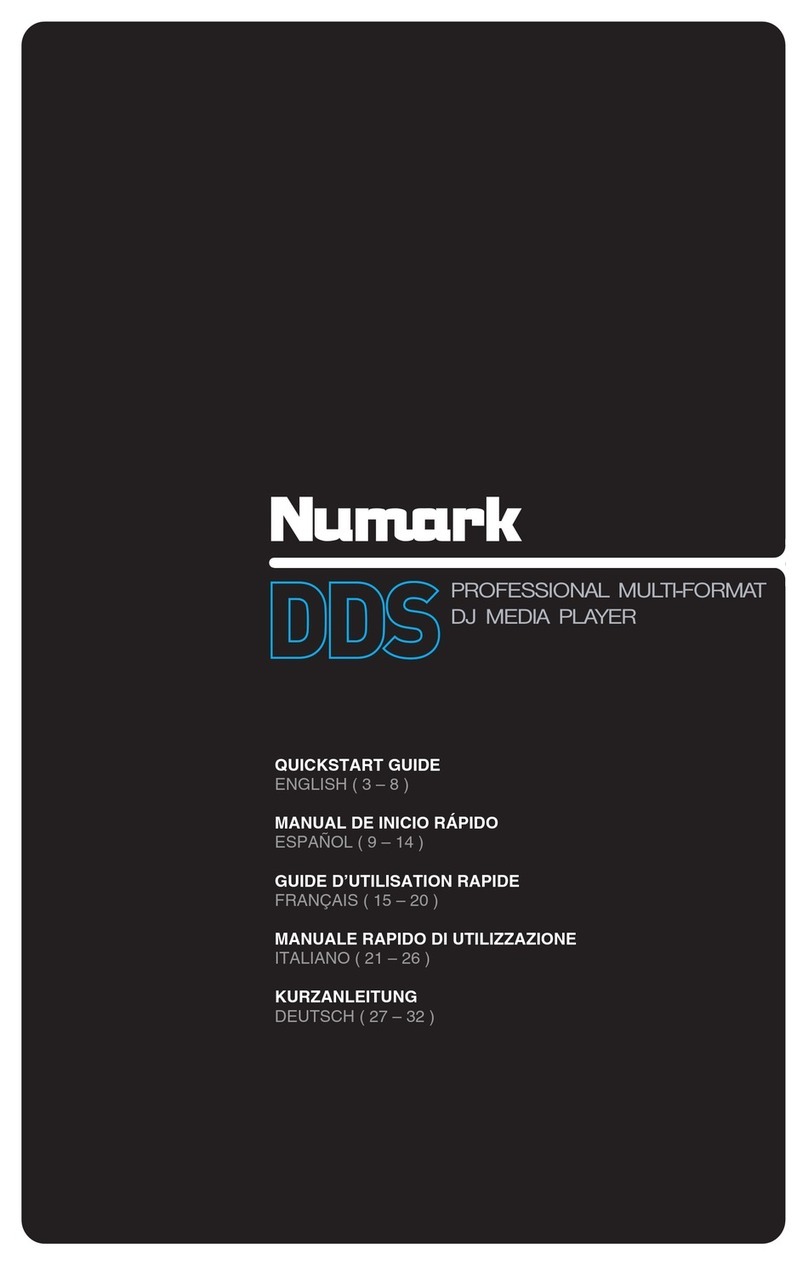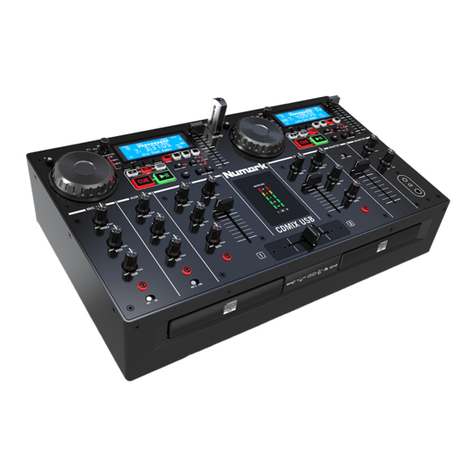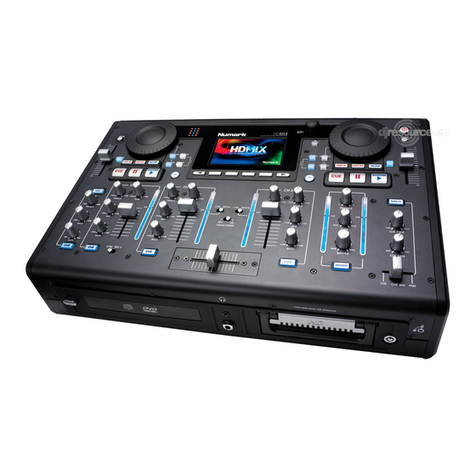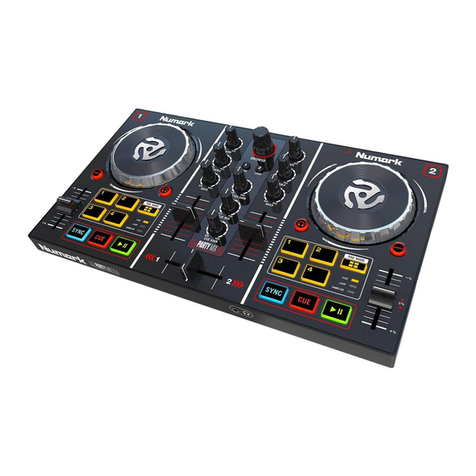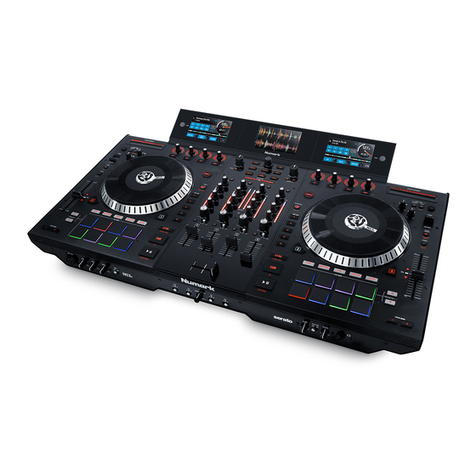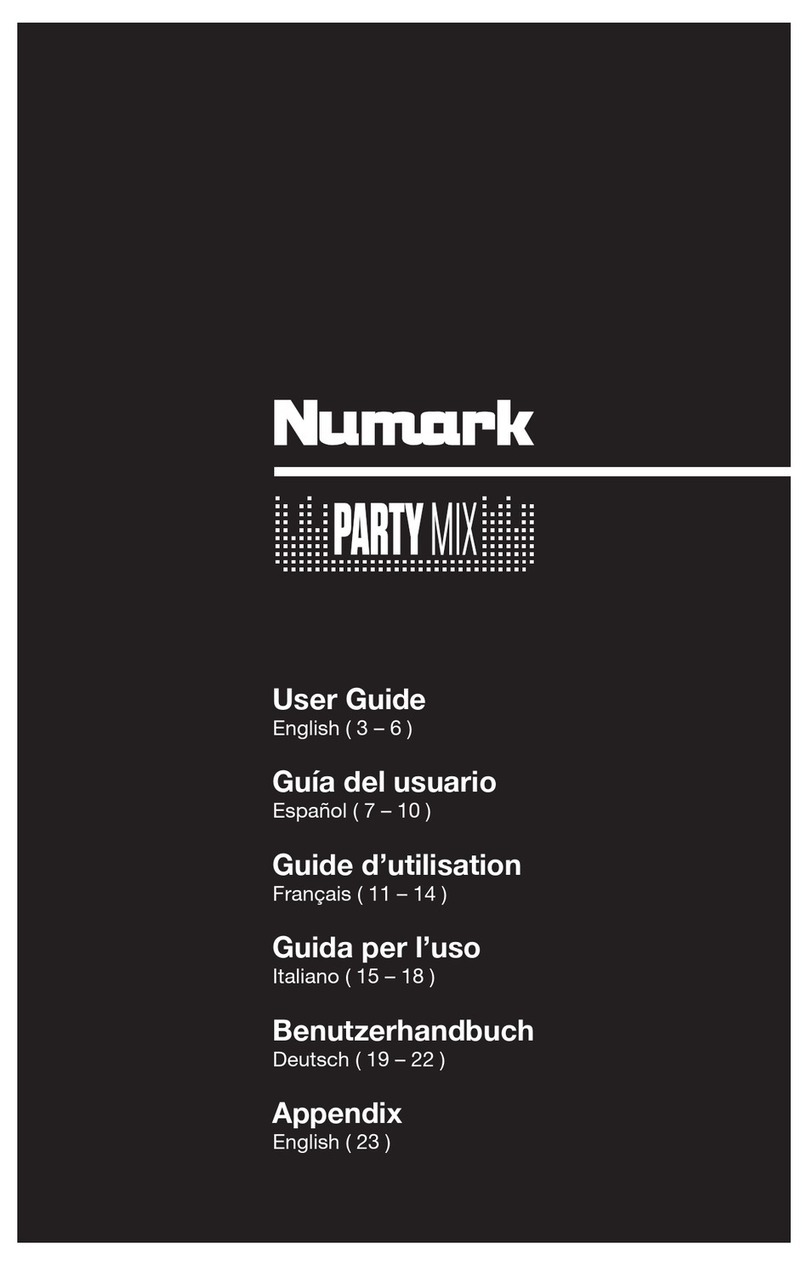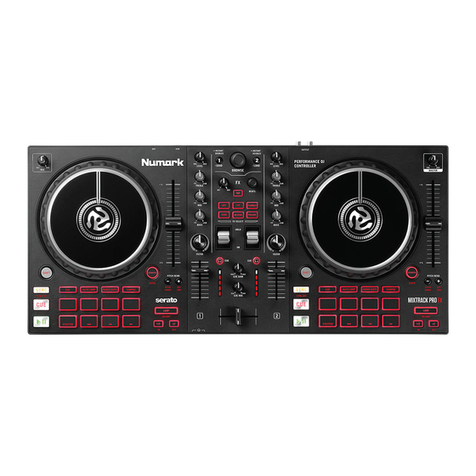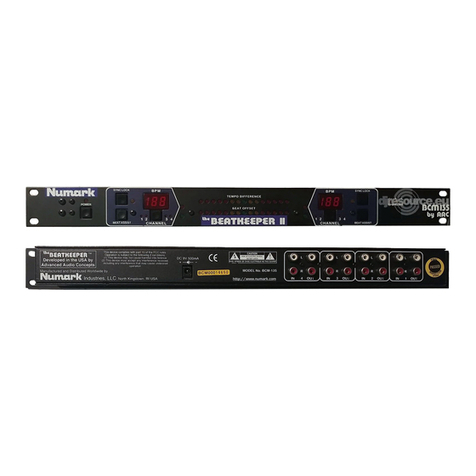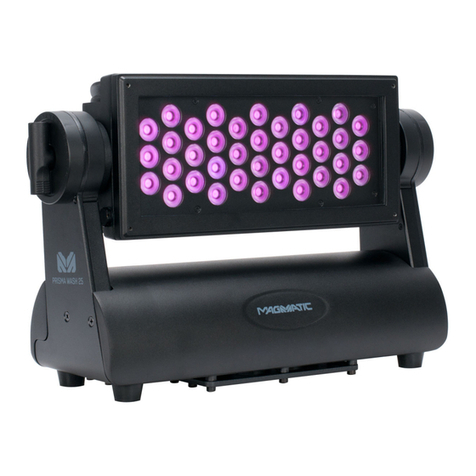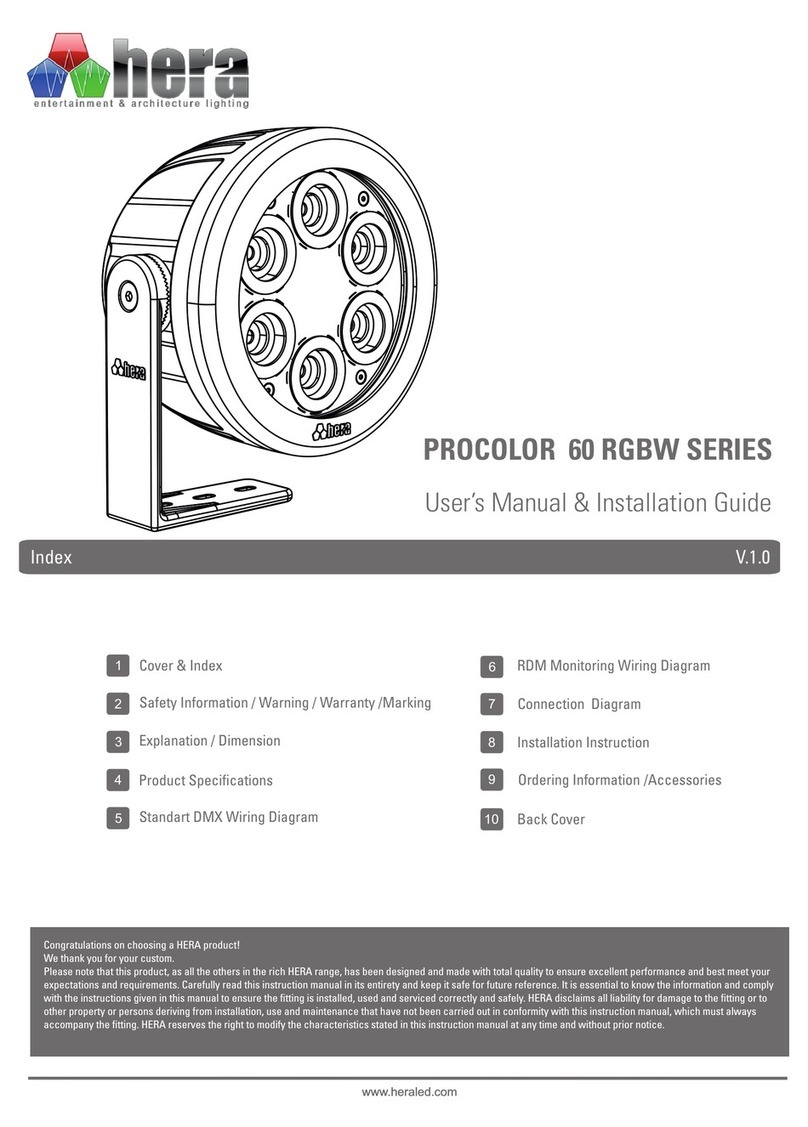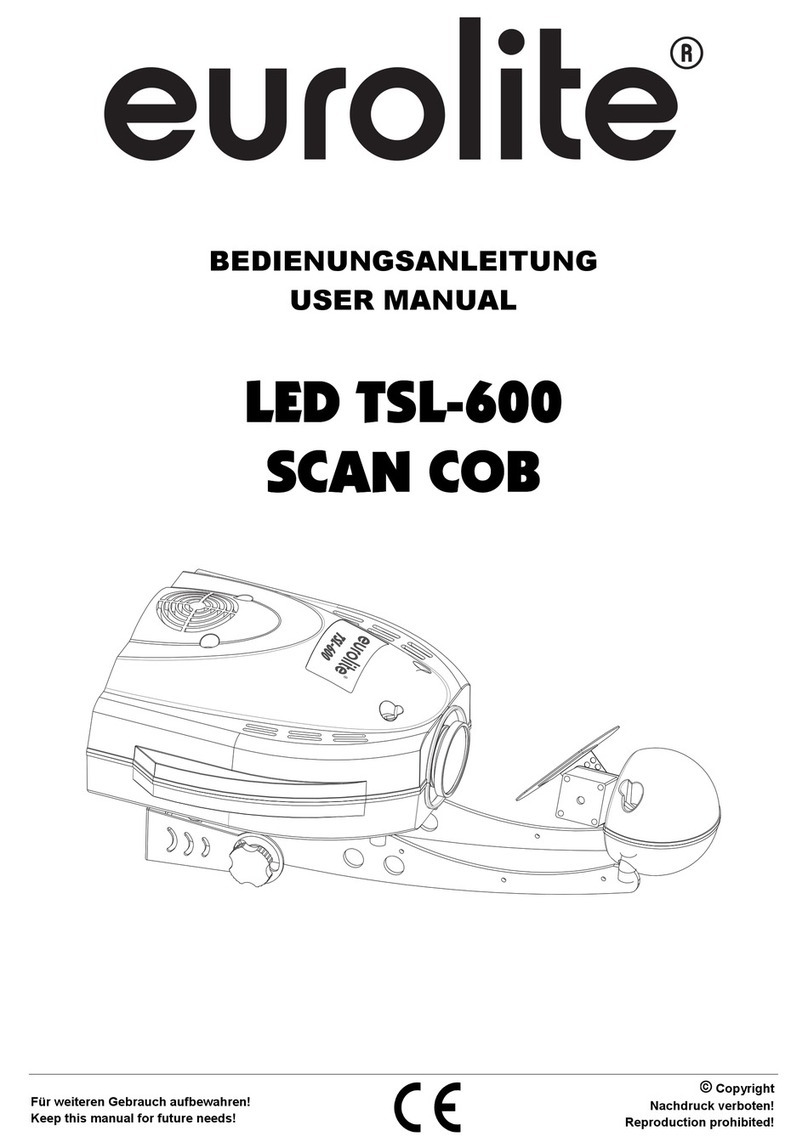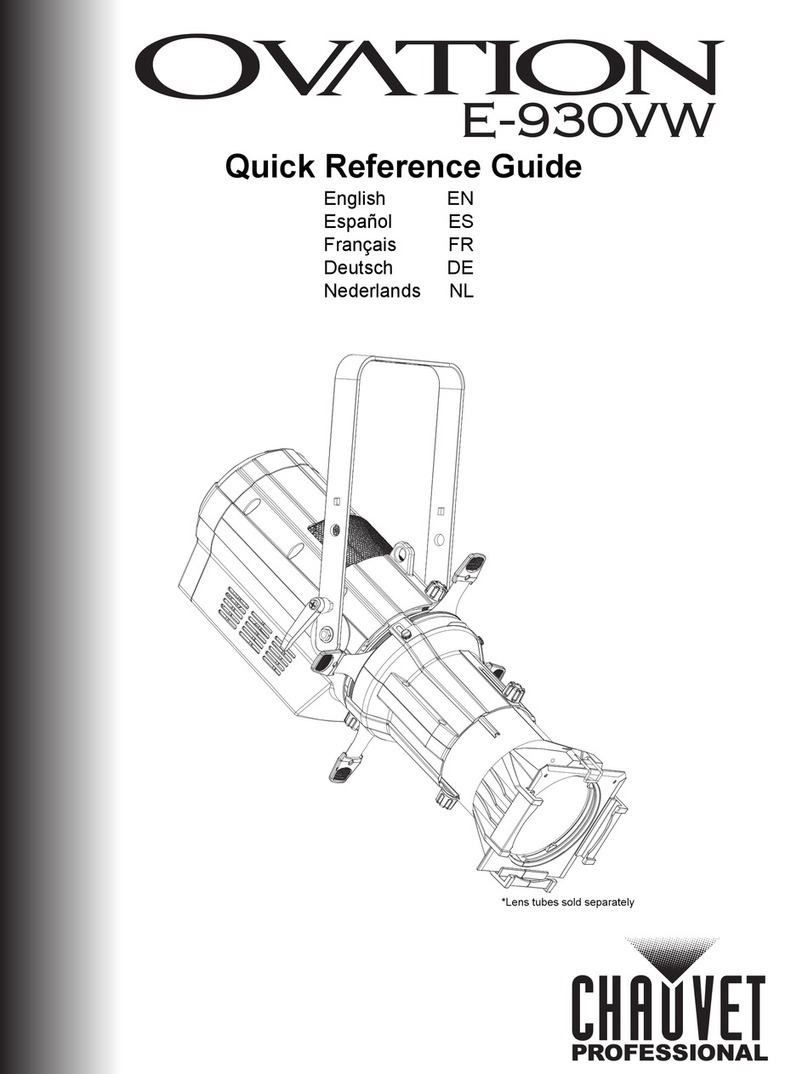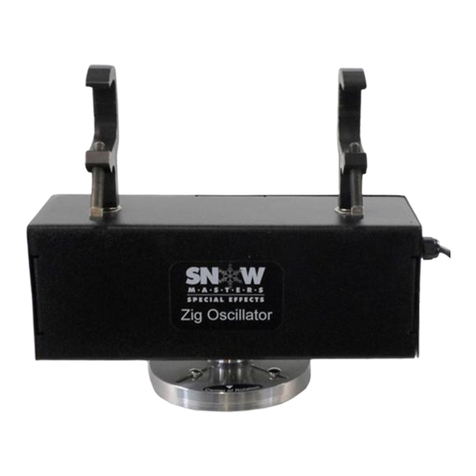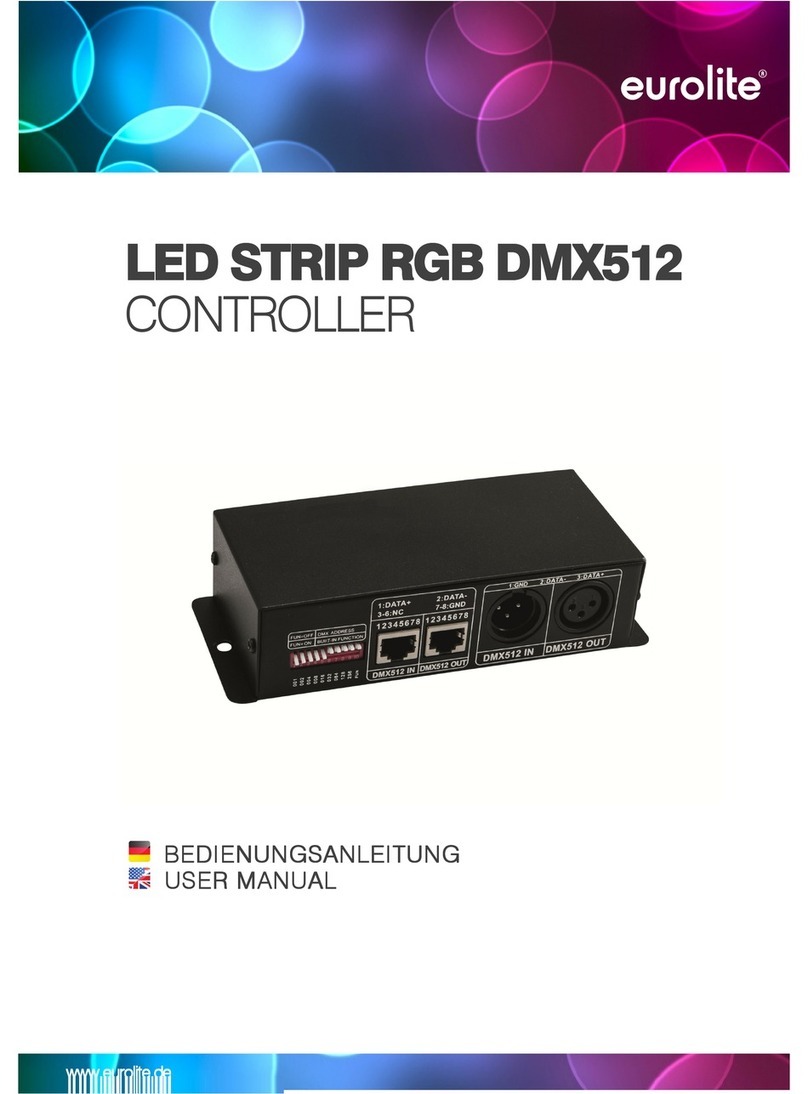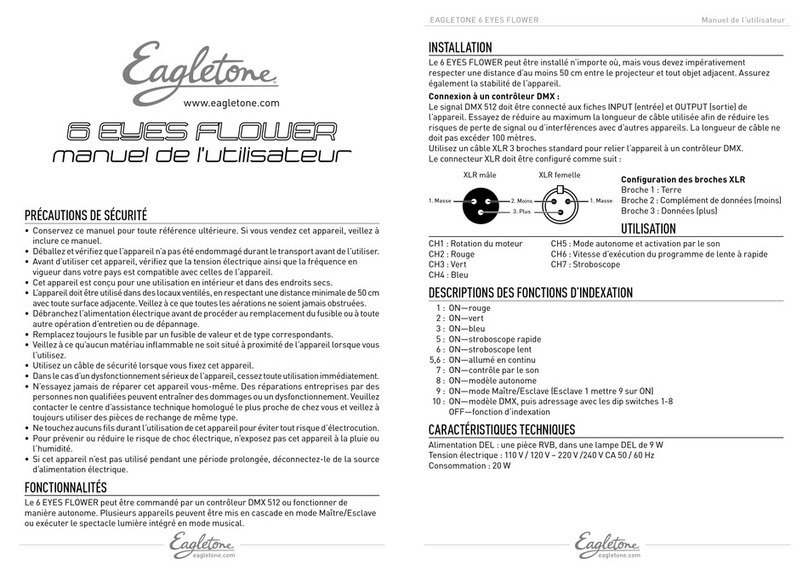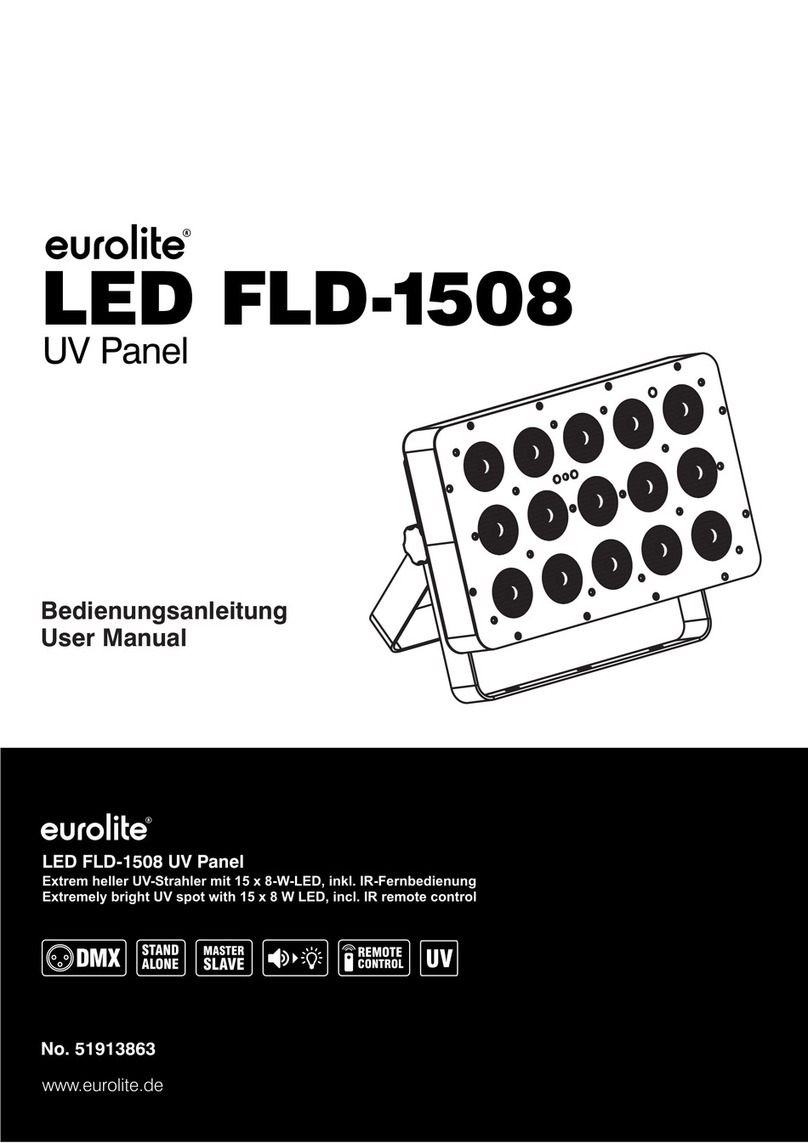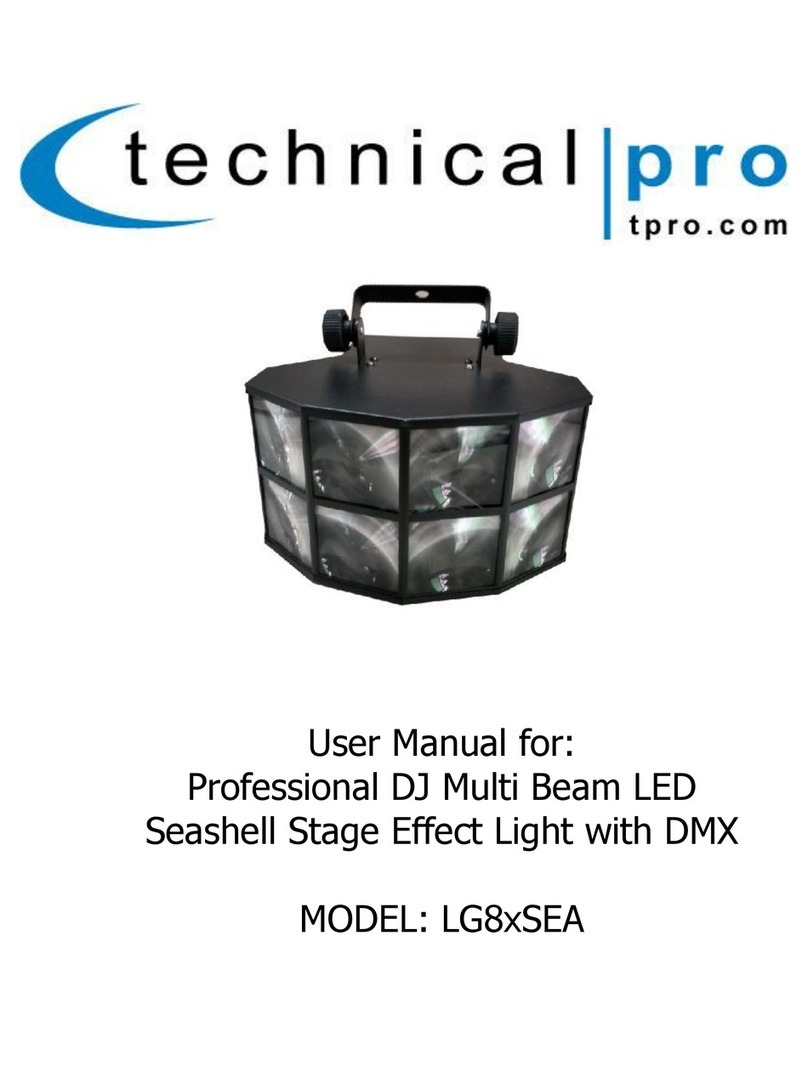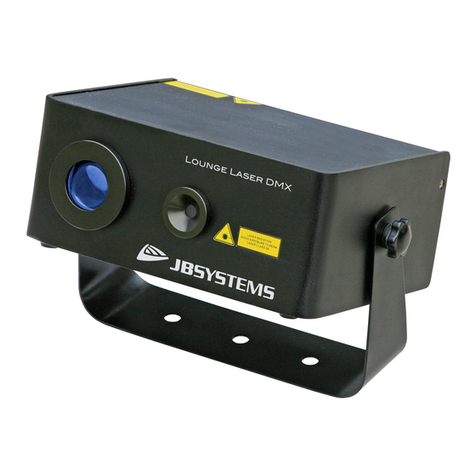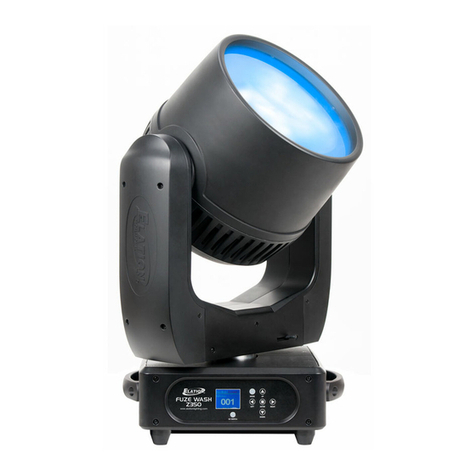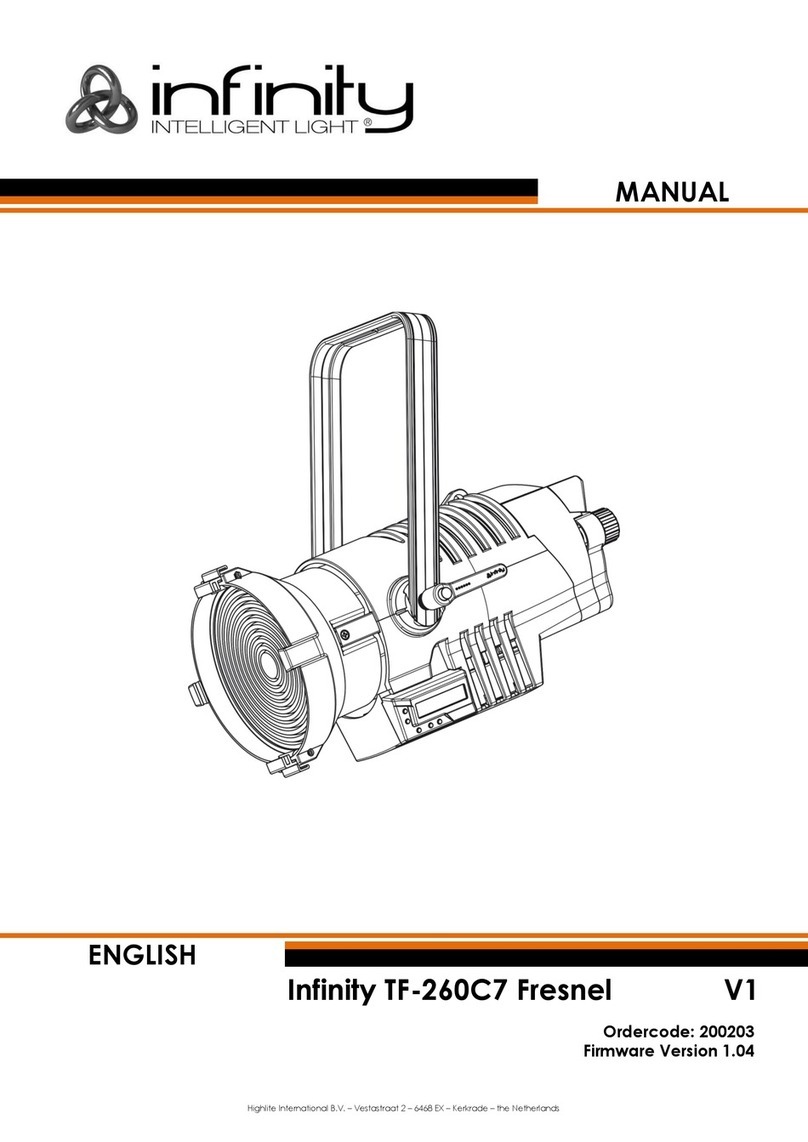6
USARIOS DE WINDOWS VISTA
1. Sin programas o ventanas abiertas, haga clic en Start fSettings fControl Panel (Inicio f
Configuración fPanel de control).
2. En la ventana que se abre, busque y haga doble clic en el panel de control Sound (Sonido). (Si no ve una
opción llamada “Sound”, seleccione la opción Switch to Classic View (Conmutar a vista clásica) en el
panel de la izquierda de la ventana y el panel de control Sound debe aparecer disponible a la derecha).
3. Seleccione la pestaña Recording (Grabación) de la parte superior de Sound Control Panel.
4. Bajo la ficha Recording, seleccione Microphone - USB Audio Codec (Micrófono – Códec de audio USB)
como dispositivo predeterminado. El códec de audio USB representa a su micrófono.
5. Haga clic en Properties y bajo la ficha Advanced, seleccione “2 Channel” para grabar en estéreo.
(Recomendamos “44100Hz – CD Quality”.)
6. Haga clic en Set Default (Configurar opción predeterminada) para confirmar su elección.
7. Haga clic en Apply (Aplicar) si es posible y luego en OK (Aceptar) para cerrar el Panel de Control.
8. Asegúrese de que los altavoces de la computadora (si no están incorporados) estén enchufados a la
salida de audio de la misma y encendidos, de modo que pueda oír su grabación. Si su computadora tiene
una salida para auriculares, puede usar auriculares en lugar de altavoces.
SOFTWARE AUDACITY
Audacity es distribuido bajo General Public License (Licencia pública general, GPL). Puede encontrar más
información, así como el código fuente abierto, en la web en http://audacity.sourceforge.net. Audacity funciona
tanto en Windows (98 y superiores) como en Mac OS (X y 9.2+). El software para Linux se puede encontrar en
el sitio web de Audacity.
Visite http://audacity.sourceforge.net/help/ para obtener tutoriales adicionales. El sitio web tiene también
información de agregados (“add-ons”) de Audacity para mejorar su funcionamiento y características.
DRIVER ASIO4ALL
“Latencia” es el tiempo que demora la tarjeta de sonido de la computadora para procesar los datos entrantes y
producir un sonido de salida. Cuando más baja es la latencia, más rápido responde su computadora a los
comandos para producir sonido. En general, los drivers ASIO funcionan mejor y con menor latencia, dado que
crean una comunicación más eficiente entre los dispositivos de audio y el software:
1. Visite www.asio4all.com.
2. Haga clic en el driver ASIO4ALL màs reciente para descargalo.
3. Una vez que haya descargado el archive, localice y haga doble clic para comenzar la instalación.
4. Siga las instrucciones de la pantalla para instalar el driver.
